Michael Martinez: The cost of being an Olympic figure skater
The Winter Olympics is one of the most elusive sporting events for a tropical country like the Philippines. Since the Winter Olympics started in 1972, the Philippines has sent only a total of 6 athletes to this prestigious event. Two for alpine skiing in 1972, one for luge in 1988, another two for alpine skiing in 1992 and 2018, and one for figure skating in 2014 and 2018.
And that last athlete that represented the Philippines, as we know, is Michael Martinez.
At the 2014 Winter Olympics in Sochi, Michael did not only become the first Filipino to represent the Philippines in figure skating; he was the first Southeast Asian to do so.
Figure skating is not just any sport; it is probably the most glamorous and talked about sport in the Winter Olympics for its technical, artistic, and creative appeal.
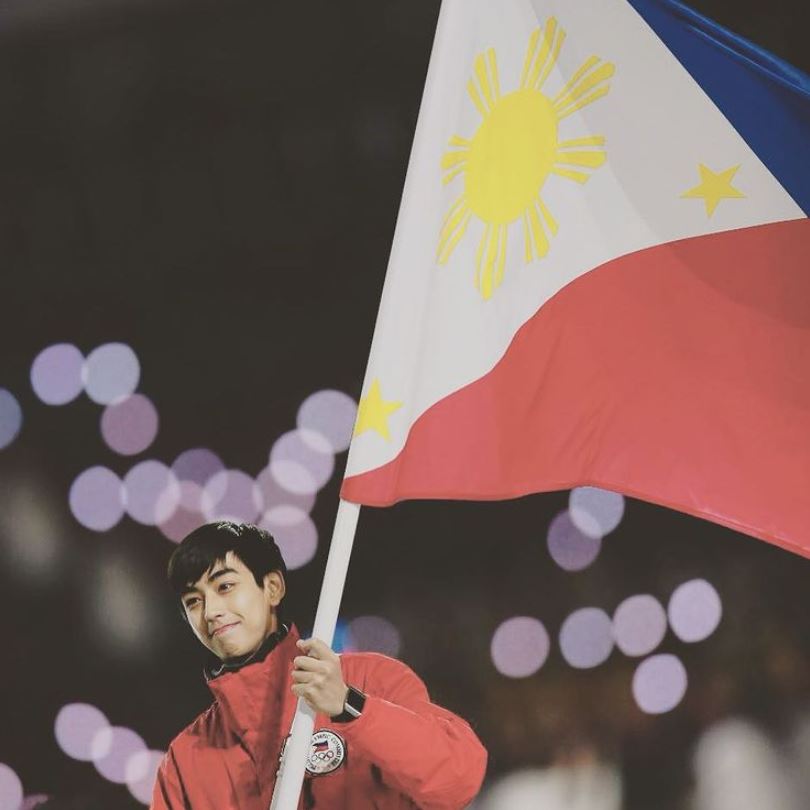
Unknown to many, figure skating is also one of the most expensive among all Olympic sports. It can cost up to $50,000 or roughly P2.4 million a year just to keep up with training, coaching, and gear costs. This is because to compete on the world stage, figure skaters usually have to go to skating countries like Russia, US, and Canada to get the best training.
It’s not just financially exhausting; like any other competitive sport, figure skating is physically, emotionally, and mentally challenging. It is also the most demanding in terms of physical fitness, requiring almost inhuman endurance, flexibility, strength, balance, coordination, accuracy, and speed to “perfect.”
I was invited by different countries to represent them before, but I wanted to represent the country I call home.
So when we saw Michael Martinez’s GoFundMe fundraiser to help him go back on the Olympic road, it was not surprising. Many an article has been written about the terrifying costs of competing in figure skating.
For Michael, who has been out of the game for give-or-take two years, getting back on track is going to be even costlier—and more painful.
All figure skaters in their life nurse an injury, oftentimes more. The increasing level and requirements in terms of jumps and spins are pushing athletes’ body to the extreme, with many of them ending up with stress fractures in the foot or the spine, shin splints, ankle sprains and fractures, and even tears on the hip.

Michael also has to sport his own hip injury, but he says that this will not stop him from aiming for that Olympic dream one more time.
These are the realities of figure skating, a sport that while beautiful, can be painfully excruciating and increasingly expensive.
To be able to qualify to the 2022 Olympics, the Philippines representative needs to do well in the upcoming Nebelhorn Trophy this year—and it’s not just Michael who has this opportunity at the qualifiers. There are two more Filipino figure skaters— Christopher Caluza and Edrian Celestino—who are working to earn their chance to represent the Philippines at Nebelhorn, and then the Olympics.
The Philippine Skating Union has made clear that they will be announcing a fair and strategic way to determine the Philippine representative soon.

PhilSTAR L!fe talks to Michael to understand the financial, physical, mental, and emotional costs of his own figure skating journey—and why he has chosen to embark on this road once more.
Welcome back to the Olympic road! Can you share your previous experience at your first Olympics in 2014 at Sochi, Russia?
Being the first-ever figure skater from Southeast Asia to compete and being the youngest at that time was fulfilling and rewarding. I was very ecstatic. It was indeed one of the highlights of my career. These are the moments where you can say, “I may get bruises every day, my body may be hurting all the time, I may have all of these injuries, but it's all worth it.” And I was able to bring glory to our country. It felt really nice.
In 2018, after Pyeongchang, you officially made a statement that you’re taking a break from figure skating. What led to that decision?
Figure skating is physically, mentally, and emotionally demanding. It was getting too much for me. All my life, I dedicated my time to skating. At some point, I thought I really needed to take a break from all of it. But I only stopped competing, I didn’t stop skating. I continued working as a figure skating coach in Los Angeles during my hiatus.
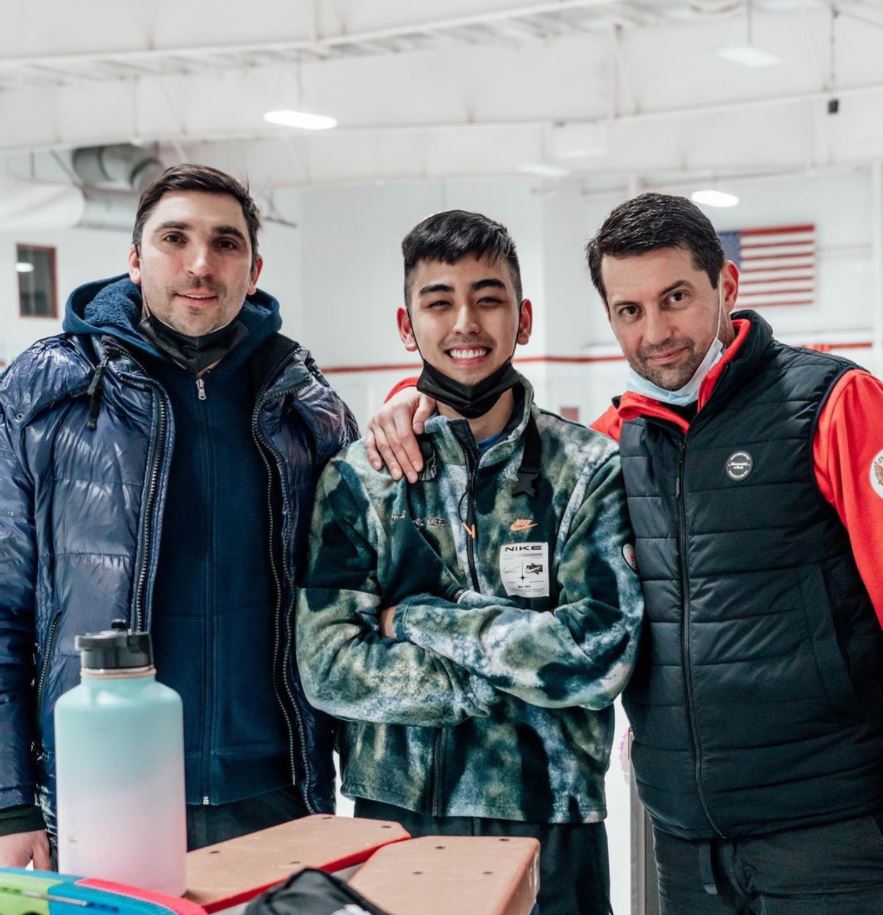
Now you are officially back on the ice, vying for another shot at the Olympics. What encouraged and inspired you to give competitive figure skating another shot?
It was actually in December 2018 when I decided that I wanted to be back in the competitions and see if I can represent the Philippines again. Figure skating is my passion and I realized it's part of who I am now.
I am determined to bring glory to our nation once again, and show to the world what Pinoys are capable of. Actually, I was invited by different countries to represent them before, but I wanted to represent the country I call home.
The decision to come back to the sport couldn’t have been more difficult for you in this crazy year. How has the pandemic affected your training and goals?
Last year, despite the pandemic, I kept training off-ice, but it was difficult to train without the ice (since many rinks in the world closed, and many have yet to reopen like in the Philippines). I did plyometrics, strengthening, and flexibility training, among others. This year, I really pushed myself to find a way to train on-ice and try to compete in the World Figure Skating Championship. I was able to fly to New Jersey and start my training thanks to my management, Virtual Playground, who provided my first month’s training expenses last February.
Unfortunately, there wasn’t enough time to get the points needed to compete at Worlds. It made me sad because I could have competed if I just had a chance to train on ice earlier.

You’re currently in the US now but will be transferring to Russia soon for your training, Russia being one of the powerhouses in figure skating training. Who are you training with now and how is it going so far?
My main coach and choreographer right now is Nikolai Morozov, one of the top international coaches in figure skating. His main students before became Olympic and World Champions. Now that he has chosen me to become his main student, I am very excited about what's going to happen.
Nikolai will leave for Russia at the end of April. I will also be flying to Russia by May. He wants me to be surrounded by top skaters. It is a good way to enhance my techniques and skating skills. He will also ask the legendary Evgeni Plushenko to work with me. Evgeni is considered to be one the best figure skaters in history so I am so excited.
All my life, I dedicated my time to skating. At some point, I thought I really needed to take a break from all of it. But I only stopped competing, I didn’t stop skating.
Apart from Nikolai, Roman Serov—Grand Prix medalist and two-time Israeli National Champion—is my technical coach. I also do conditioning training with Viktoriya Ryabchikova and Sergey Lebedev.
I train on the ice from Monday to Saturday, 8 a.m. to 3 p.m. After that, I go to the gym to work out. Then, I do conditioning training via Zoom at home. I get to rest around 8 p.m.
What do you think are your strengths and weaknesses as you return to competition?
I am much stronger now. I can feel and understand more of my techniques. And with all the help from my coaches, I am improving drastically. For example, the flip jump used to be my weakest jump, but now I can do it so easily. I am amazed by how much it affects you when you are surrounded by the right people. I am more motivated and determined.
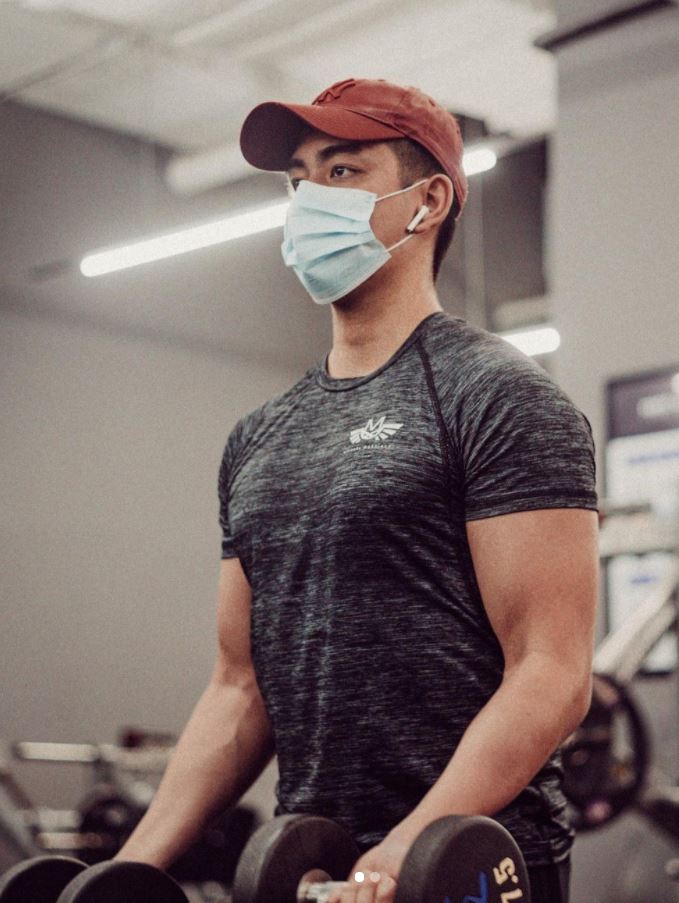
In terms of weaknesses, during the pandemic, I started game streaming and I think it affected my hips. I had this pain in my hips that felt like a spark that goes down to my knee. It was a struggle to train with all the pain. But I think my body got used to it already. I have lost 20 pounds since the day I started training on ice again.
$50,000 is ballpark for how much international figure skaters spend in a year just for training, coaching, boots, and costume. This is also the goal you’ve set in your GoFundMe drive. However, you’re a special case since you’re recovering from an injury and have to pay for living expenses. Can you give us an overview of how much you need?
Actually, our rough estimate for the fund needed from February 2021 to January 2022 would be more or less $208,000. This is already for training and living expenses, since we are training abroad. However, this is still apart from competition expenses, which would cost around $1,000 for accommodation, airfare, coach fee, registration fee, and more.
My new program costs $10,000. For coaching, $100 is usually the minimum rate per hour. I have 4 coaches on the ice: my main coach and choreographer, my technical coach, my ice dance coach, and my harness coach. They all get paid separately.
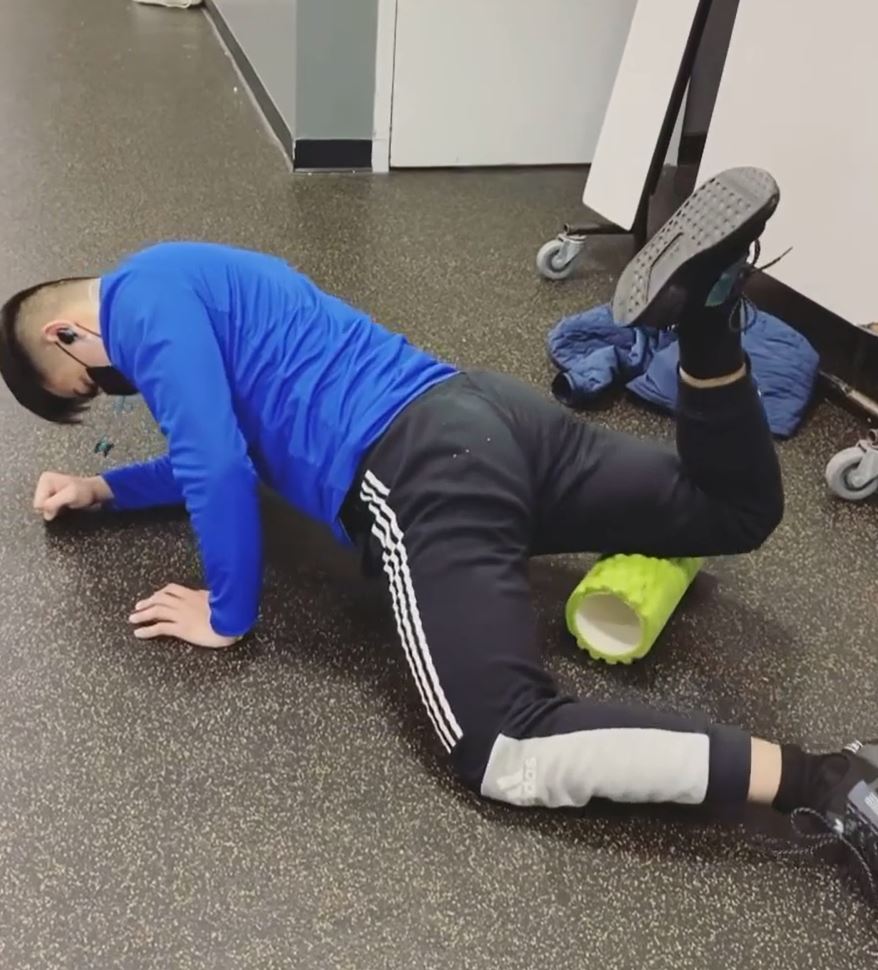
Ice time here usually costs around $25 per hour and I train on-ice around 5 to 6 hours per day. I also have conditioning training, gym fees, and chiropractor fees. My new skates that we bought last February were $1,390 for the boots and the blades. (These would have to be replaced and upgraded constantly because of wear and tear.)
The training program that Coach Nikolai has prepared for me is really intense and expensive, but I am seeing really good results. I have improved so much. I am really confident that I have a chance to be in the top in the upcoming competitions.

(Editor’s Note: In a separate interview with PhilSTAR L!fe, Michael said his management team supported him during his first month’s stay in New Jersey. “We were hoping that a month would be enough time to look for sponsors to help me with my training. Since we don’t have sponsors yet, I have been using my savings to continue my training but it is limited and it’s almost depleted,” he said.
Michael and his team are spending over $16,000 (P77,000) of their own money each month in America, and they opened the GoFundMe to relieve some of their expenses. Michael also considered coaching as a sideline but decided against it as he was undergoing intensive training.
As of writing, Martinez’s GoFundMe page has raised over $5,235; or $44,765 short of his goal. The Winter Olympics is set to start on Feb. 4, 2022 in Beijing.)
What can you say about the support that you receive from the Philippines and the PHSU?
I am very happy that the new federation is really taking care of me this time. I have been in close contact with them since January and we talked about career development. President Nikki Cheng is always on hand.
The increasing level and requirements in terms of jumps and spins are pushing athletes’ body to the extreme, with many of them ending up with stress fractures in the foot or the spine, shin splints, ankle sprains and fractures, and even tears on the hip.
My management and the Federation are doing their best to find sponsors to help me with my training. For the meantime, the Federation and I have entered into an agreement so they can send me training support. I am really grateful for it because it could help cover some of my training expenses for this month while looking for sponsors. I hope we can find sponsors soon.
Additionally, the Philippine Sports Commission has provided me a sports psychologist and a nutritionist, which I am also grateful for because I really need to take care of my body both physically and mentally.
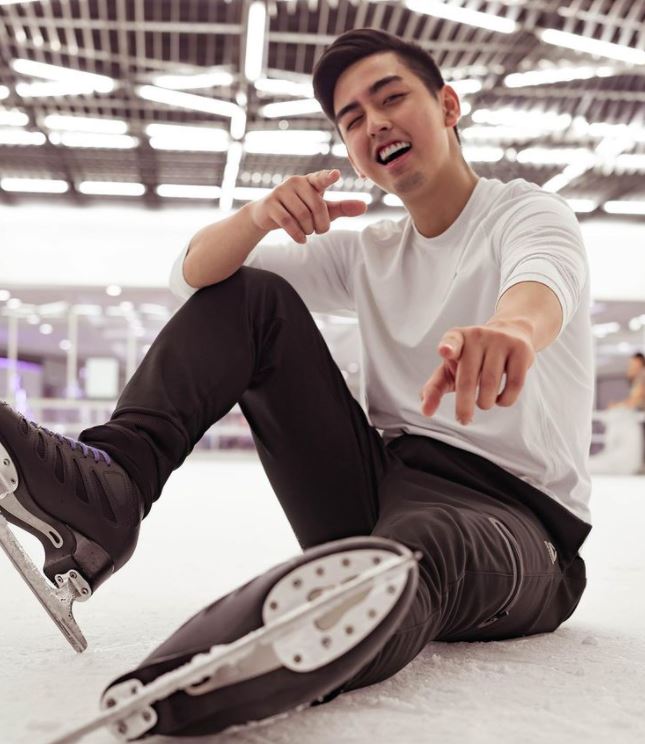
What are you doing differently now that you have to level things up if you want to be the Philippine representative to the Nebelhorn Trophy and, hopefully, the Olympics?
I am working with this amazing team who have made Olympic and World Champions—and are champions themselves. And with their guidance, I know that I am improving so fast.
We are already working on my Quad Loop and Quad Toeloop, hopefully proceed to the other quads. We are trying to perfect it so we can use it for Nebelhorn if I will be chosen to compete on it.
For the music, the original plan was supposed to be a medley of Queen songs for the free skate, and for the short, a Mozart piece. But my coach decided to change it. He said we should use a different song that will give me a higher chance of winning. Something different from my previous programs, powerful. I will not disclose my new music yet but I am really excited.
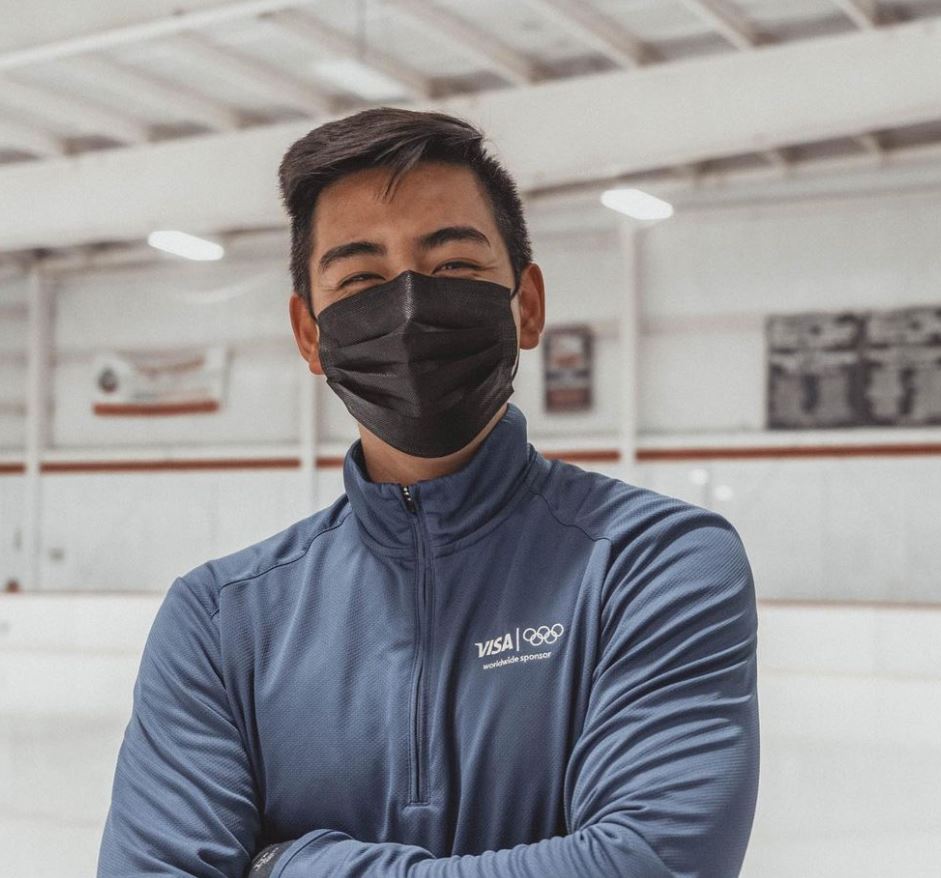
How do you feel about the excitement of many Filipinos and aspiring Filipino figure skaters to see you compete again?
I hope that I can do more this time and help spread more awareness about the sport in our country. I am fully on board in helping the Federation promote the sport. Figure skating is super difficult, but it has a beauty in it and I want to encourage the younger generation to try it out. Knowing I am inspiring people, it really makes me happy. —With a report from Saab Lariosa


